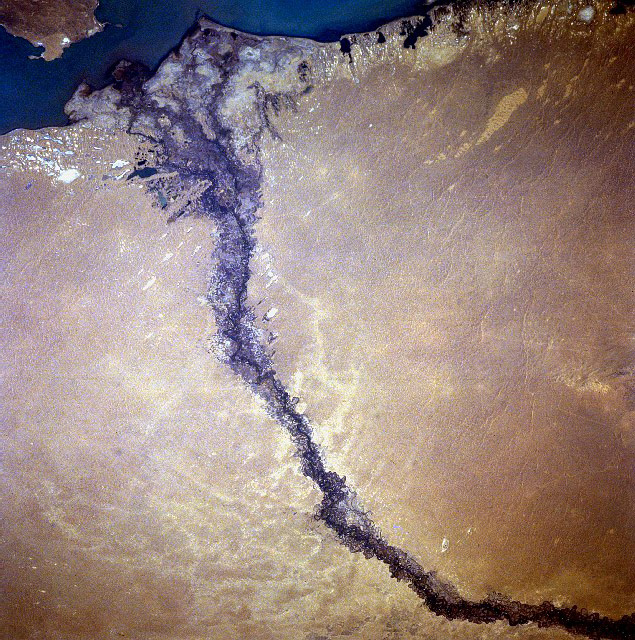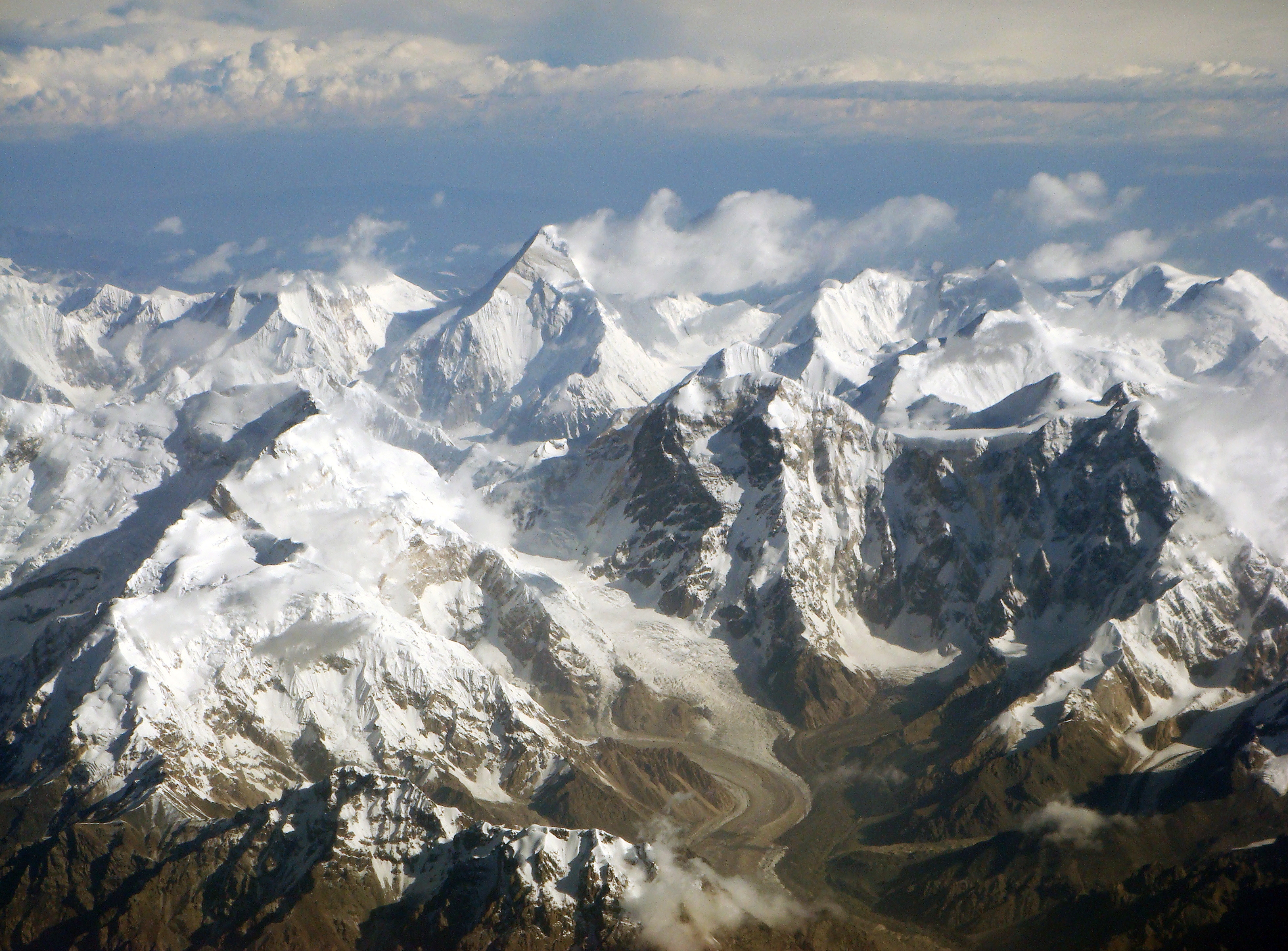|
Saryesik-Atyrau Desert
The Saryesik Atyrau Desert ( kk, Сарыесікатырау, ''Saryesıkatyrau'') is a desert in the Balkhash-Alakol Basin,Балхаш-Алакольская котловина '''' in 30 vols. — Ch. ed. . - 3rd ed. - M. Soviet Encyclopedia, 1969-1978. (in Russian) eastern . It stretches for about 400 km south of |
Balkhash Labeled Eng
Balkhash may refer to: Places * Balkhash (city), a city at lake Balkhash, Kazakhstan * Balkhash Lake, a lake in Kazakhstan * Balkhash Airport, an airport near city Balkhash, Kazakhstan * Balkhash District, a district in Almaty Province, Kazakhstan * Balkhash-Alakol Basin Species * Balkhash perch, a species of perch found in Kazakhstan, Uzbekistan and China * Balkhash marinka The Balkhash marinka (''Schizothorax argentatus''), is a species of ray-finned fish in the genus '' Schizothorax'' of the family Cyprinidae which is found in the Lake Balkhash basins in Kazakhstan and Xinjiang. It uses gravel substrates for spa ... (''Schizothorax argentatus''), a species of ray-finned fish Other * ''Balkhash'', a ship of the Soviet Union, formerly the ' {{disambiguation ... [...More Info...] [...Related Items...] OR: [Wikipedia] [Google] [Baidu] |
Balkhash-Alakol Basin
The Balkhash-Alakol Basin or Balkhash-Alakol Depression( kk, Балқаш-Алакөл ойысы; rus, Балхаш-Алакольская котловина), is a flat structural basin in southeastern Kazakhstan.Балхаш-Алакольская котловина '''' in 30 vols. — Ch. ed. . - 3rd ed. - M. Soviet Encyclopedia, 1969-1978. (in Russian) |
Great Soviet Encyclopedia
The ''Great Soviet Encyclopedia'' (GSE; ) is one of the largest Russian-language encyclopedias, published in the Soviet Union from 1926 to 1990. After 2002, the encyclopedia's data was partially included into the later ''Bolshaya rossiyskaya entsiklopediya'' (or '' Great Russian Encyclopedia'') in an updated and revised form. The GSE claimed to be "the first Marxist–Leninist general-purpose encyclopedia". Origins The idea of the ''Great Soviet Encyclopedia'' emerged in 1923 on the initiative of Otto Schmidt, a member of the Russian Academy of Sciences. In early 1924 Schmidt worked with a group which included Mikhail Pokrovsky, (rector of the Institute of Red Professors), Nikolai Meshcheryakov (Former head of the Glavit, the State Administration of Publishing Affairs), Valery Bryusov (poet), Veniamin Kagan (mathematician) and Konstantin Kuzminsky to draw up a proposal which was agreed to in April 1924. Also involved was Anatoly Lunacharsky, People's Commissar of Education ... [...More Info...] [...Related Items...] OR: [Wikipedia] [Google] [Baidu] |
Kazakhstan
Kazakhstan, officially the Republic of Kazakhstan, is a transcontinental country located mainly in Central Asia and partly in Eastern Europe. It borders Russia to the north and west, China to the east, Kyrgyzstan to the southeast, Uzbekistan to the south, and Turkmenistan to the southwest, with a coastline along the Caspian Sea. Its capital is Astana, known as Nur-Sultan from 2019 to 2022. Almaty, Kazakhstan's largest city, was the country's capital until 1997. Kazakhstan is the world's largest landlocked country, the largest and northernmost Muslim-majority country by land area, and the ninth-largest country in the world. It has a population of 19 million people, and one of the lowest population densities in the world, at fewer than 6 people per square kilometre (15 people per square mile). The country dominates Central Asia economically and politically, generating 60 percent of the region's GDP, primarily through its oil and gas industry; it also has vast mineral ... [...More Info...] [...Related Items...] OR: [Wikipedia] [Google] [Baidu] |
Lake Balkhash
Lake Balkhash ( kk, Балқаш көлі, ''Balqaş kóli'', ; russian: озеро Балхаш, ozero Balkhash) is a lake in southeastern Kazakhstan, one of the largest lakes in Asia and the 15th largest in the world. It is located in the eastern part of Central Asia and sits in the Balkhash-Alakol Basin, an endorheic (closed) basin. The basin drains seven rivers, the primary of which is the Ili, bringing most of the riparian inflow; others, such as the Karatal, bring surface and subsurface flow. The Ili is fed by precipitation, largely vernal snowmelt, from the mountains of China's Xinjiang region. The lake currently covers about . However, like the Aral Sea, it is shrinking due to diversion and extraction of water from its feeders. The lake has a narrow, quite central, strait. The lake's western part is fresh water. The lake's eastern half is saline. The east is on average 1.7 times deeper than the west. The largest shore city is named Balkhash and has about 66,000 inhab ... [...More Info...] [...Related Items...] OR: [Wikipedia] [Google] [Baidu] |
Jamie Maddison
James Benjamin Maddison (born 9 July 1988), formerly known as Jamie Bunchuk, is an English explorer, equestrian Long Rider (assoc.) and an editor of Sidetracked Magazine. He is best known for his exploration of the Central Asia region. Maddison's first expedition was to the Djangart Valley of the Tian Shan mountains in eastern Kyrgyzstan. Since then, he has mounted numerous expeditions including: spending one month living and working with Kirghiz hunters in South East Tajikistan (as well as small archaeological discoveries from the X-XI C. Sak city of Bazar Dara), a 100 mile, multi-day, camel supported run across the Red Sands Desert in Uzbekistan, chronicling the lives of Kazakh eagle hunters in Western Mongolia and Winter packrafting down the Khovd River, Mongolia (temperatures down to -20 °C) in retrofitted and homemade packrafts. In 2013, Maddison – alongside friend and colleague Matthew Traver – completed a 750 mile, 63-day-long, horse ride from Ust-Kamenogorsk ... [...More Info...] [...Related Items...] OR: [Wikipedia] [Google] [Baidu] |
Ili River
The Ili ( ug, ئىلى دەرياسى, Ili deryasi, Ili dəryasi, 6=Или Дәряси; kk, Ile, ; russian: Или; zh, c=伊犁河, p=Yīlí Hé, dng, Йили хә, Xiao'erjing: اِلِ حْ; mn, Ил, literally "Bareness") is a river situated in Northwest China and Southeastern Kazakhstan. It flows from the Ili Kazakh Autonomous Prefecture of the Xinjiang Uighur Autonomous Region to the Almaty Region in Kazakhstan. It is long (including its source river Tekes),Или of which is in Kazakhstan. The river originates from the Tekes and rivers in ... [...More Info...] [...Related Items...] OR: [Wikipedia] [Google] [Baidu] |
Halostachys Caspica
''Halostachys'' is a genus of flowering plants in the plant family Amaranthaceae, containing a single species, ''Halostachys caspica''. The plants are small to medium halophytic shrubs with apparently jointed fleshy stems and scale-like leaves. They are native to Asia and southeastern Europe. Description ''Halostachys caspica'' grows as a shrub to 1–3 m height and width. The erect stems are much branched, older twigs are mostly leafless. The young twigs are blue-green, fleshy, apparently jointed (articulated), with glabrous fine papillose surface. The opposite leaves are fleshy, glabrous, connate basally and surrounding the stem (thus forming the joints), with very short scale-like triangular blades. The inflorescences consist of numerous opposite lateral cylindrical spikes, 15-30 × 2–5 mm, on jointed peduncles. Groups of three bisexual flowers are sitting in the axils of rhombic-quadrate bracts. The opposite bracts are not connate to each other. The obovoid to obpyrami ... [...More Info...] [...Related Items...] OR: [Wikipedia] [Google] [Baidu] |
Saiga Antelope
The saiga antelope (, ''Saiga tatarica''), or saiga, is a critically endangered antelope which during antiquity inhabited a vast area of the Eurasian steppe spanning the foothills of the Carpathian Mountains in the northwest and Caucasus in the southwest into Mongolia in the northeast and Dzungaria in the southeast. During the Pleistocene, they also occurred in Beringian North America and the British Isles. Today, the dominant subspecies (''S. t. tatarica'') is only found in one region in Russia (in the Republic of Kalmykia and Astrakhan Oblast) and three areas in Kazakhstan (the Ural, Ustiurt, and Betpak-Dala populations). A portion of the Ustiurt population migrates south to Uzbekistan and occasionally Turkmenistan in winter. It is extirpated from China, Ukraine, and southwestern Mongolia. The Mongolian subspecies (''S. t. mongolica'') is found only in western Mongolia. Taxonomy and phylogeny The scientific name ''Capra tatarica'' was coined by Carl Linnaeus in 1766 in the ... [...More Info...] [...Related Items...] OR: [Wikipedia] [Google] [Baidu] |
Asian Wild Ass
The onager (; ''Equus hemionus'' ), A new species called the kiang (''E. kiang''), a Tibetan relative, was previously considered to be a subspecies of the onager as ''E. hemionus kiang'', but recent molecular studies indicate it to be a distinct species, having diverged from the closest relative of the Mongolian wild ass's ancestor less than 500,000 years ago. Subspecies Five widely recognized subspecies of the onager include: A sixth possible subspecies, the Gobi khulan (''E. h. luteus'', also called the ''chigetai'' or ''dziggetai'') has been proposed, but may be synonymous with ''E. h. hemionus''. Debates over the taxonomic identity of the onager occurred until 1980. , four living subspecies and one extinct subspecies of the Asiatic wild ass have been recognized. The Persian onager was formerly known as ''Equus onager'', as it was thought to be a distinct species. Characteristics Onagers are the most horse-like of wild asses. They are short-legged compared to horses, an ... [...More Info...] [...Related Items...] OR: [Wikipedia] [Google] [Baidu] |
Equus Hemionus Kulan
The Turkmenian kulan (''Equus hemionus kulan''), also called Transcaspian wild ass, Turkmenistani onager or simply the ', is a subspecies of onager (Asiatic wild ass) native to Central Asia. It was declared Endangered in 2016. The species's population had recently been in decline in the country while it slowly increases in reintroduction sites. The Turkmenian kulan has been reintroduced to Kazakhstan and Uzbekistan, as well as Israel, where the subspecies are hybridizing with Persian onagers in the wild. Previously in 2005, the population was estimated at 1,295-1,345 in Turkmenistan. No other data existed on the condition of the Turkmenistan populations, but hope remained that small groups of animals still resided in inaccessible areas around Badkhyz, and were thriving in the West Kopetdagh (Sumbar-Chandyr Valley) and Ustyurt Plateau around Lake Sarakamish. However, certain fragmented populations of Transcaspian wild ass are currently on the rise to even more than 2,000 individua ... [...More Info...] [...Related Items...] OR: [Wikipedia] [Google] [Baidu] |





.jpg)
